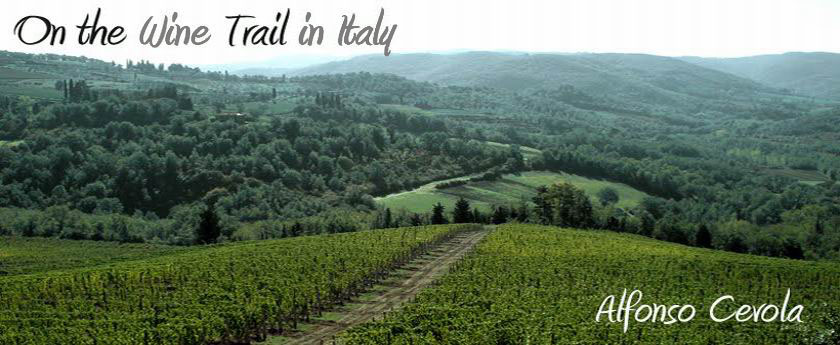Another sleepless afternoon in Palermo. Tossing, the noise from outside on the Via Roma. The smoke, the heat, the life outside waiting, waiting for me to walk among the living and the dead. All of Palermo is throbbing to the heartbeat of a distant Etna. I can feel the heat, searing my youth with its eternal flame. I must get out of this room.
Again, slipping out. Taking the stairs down the four floors so as not to disturb any family with the sound of the ancient elevator. The man guarding the entrance to the family compound on Via Roma sleeps in his chair by the gate.
Via Roma to Via Calderai, a small street that cuts across the grid, to Via Maqueda. From there to Via Giuseppi D’Alessi. Right at Vicolo Ragusi and left on Via Vittoria Emmanuele. Where Via Vittoria Emmanuele becomes the Corso Calatafimi, by the Norman Palazzo, the Via Colonna Rotta cuts in on the right past Piazza Ingastone to the Via Cipressi. Surrounded by a bank of large plane trees in what seemingly looks like a war ravaged neighborhood. Cars scattered in a random manner, parked for minutes, hours, eternity? Mom and pop shops, selling anything from vino sfuso to medallions of Santa Rosalia or Blessed Virgin Mary. A scooter with the muffler dragging the ground screams past, scattering sparks and noxious fumes. The heat bouncing off the white-ish walls raises the temperature a few more degrees. It feels like the gates of Hell.
The 45 minutes it took me to walk filled up one roll of film. I had two more left. I would need them as I descended down into underground Palermo, looking for cool peace and silence. Dead quiet.
Paying my 300 Lira (about 40 cents) I went into the Catacombe dei Cappuccini.
Palermo is an interesting place to look to America from. The U.S. has been in ascendancy for over 100 years, from the perspective of a Palermitan. Palermo has seen at least three epochs on their island. Empires on the rise, moments of flourish and unavoidable declines. Layer upon layer of those moments are piled upon the place and the people of Palermo, not unlike the dead bodies layered one above the next in these cool, dark catacombs. And while these dead souls don’t go back so far in time, they symbolize the city in one aspect. Palermo and Palermitans, whether they live in the city all their life or they are part of the Sicilian diaspora, have a sense of history and the crumbling effects that time has on ambitions and aspirations. Mixed in with a little of the Mediterranean cynicism, and the effect of history on this young man was numbing, like the humidity that hugged the walls of the halls of the dead, so far below the teeming life above who lived with indifference.
Not that they, or any society, should look behind or below. Who really knows what those who came before did to prepare the way for us, or if they simply lived their life with the same disregard for the future that the Palermo of 1971 had for 1211, or the Palermo of 1871 had for 2011?
So it was with grapes and wine on the island. Epochs would embrace Dionysus, and then along would come another prophet and the grape would recede into the hills away from the popular modes of civilization. Hiding, crouching, dormant, not quite dead like the souls in the catacombs, but stultified.
At the end of WWII in Sicily, the gods of wine awoke and began their journey from the far reaches of the island to the cities, to Palermo, Catania, Siracusa, Marsala, Trapani, Milazzo, Messina, making their way in a march slower than Garibaldi and his marauders. Grillo joined Catarratto and Inzolia, Carricante, Malvasia, Nerello, Zibibbo, Frappato, followed by Perricone, Calabrese, Nocera and Grecanico. At first they mingled among their indigenous selves. And then they would be joined by another set of invaders, Chardonnay, Syrah, Cabernet, Merlot, Viognier, Pinot Noir. A giant pot of minestrone, filled with all manner of stuff, into the primal slime of Sicily, once again chafing the palimpsest the ancients called Trinacria.
As I finished the circuit of the caverns, I thought of my aunt Vitina, who by now would be wondering what again had happened to me. I shot several rolls of film, needing to be pushed beyond the standard 400 ASA, for the vaults were dark and obscure. What was no longer hidden for me though was this: here was a place that proliferated with life, and emotion, even in death. In the catacombs I was bestowed with a lustration, a peeling away of the bandages of childhood. I came face to face with my own mortality in a way that my home, America, could not, and would not, confirm.
Since that first time I have lived another two lifetimes of my youthful years. But Palermo, on that hot and muggy day in August in the caverns of the dead, called me to awaken and live and love and feel. And eat and drink it all up. And all here in (and under) one of the greatest gardens on earth.
to be continued...








